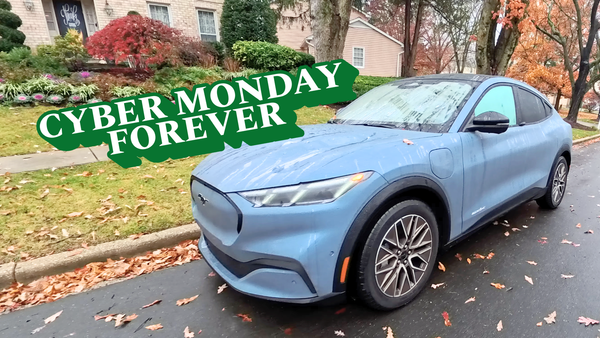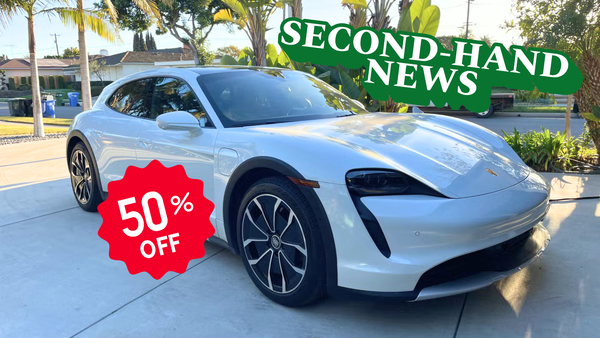Are You Strong Enough? One Simple Test For Plug-In Hybrid Life
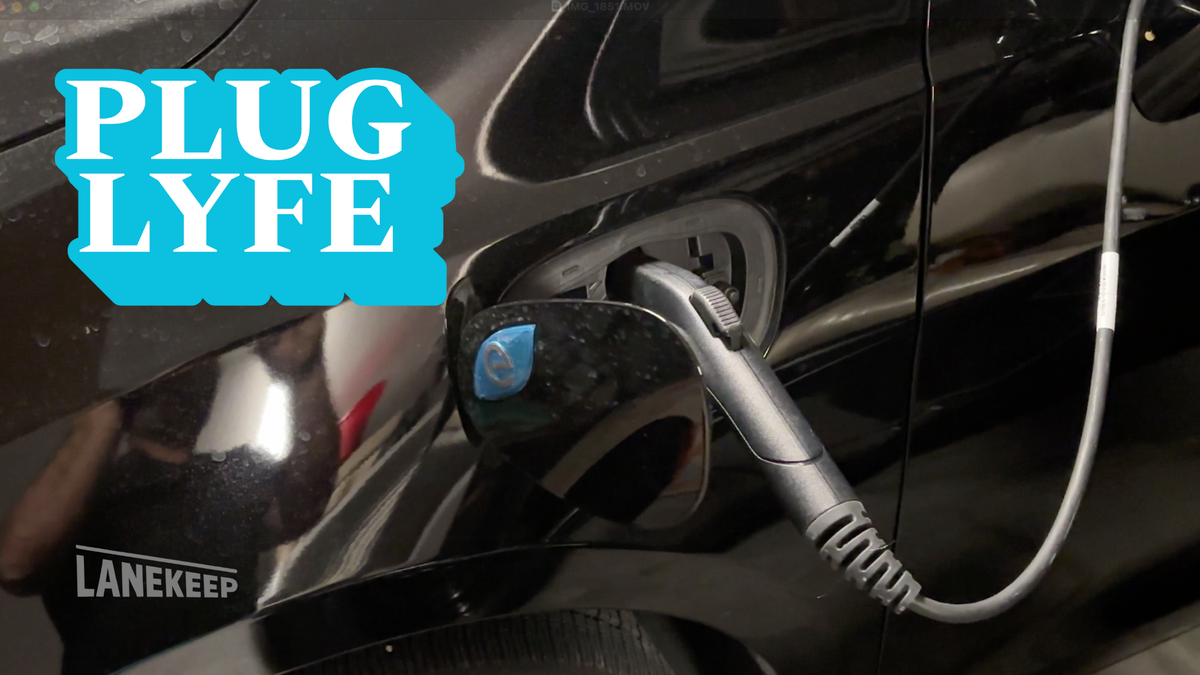
Remember life before Apple Pay? (I see you, too, Android people, but honestly I don't know what you use. But, remember life before...that?) Checking to make sure you had your bulky wallet somewhere on your person before walking out the door? Also, hoping you didn't leave your one good credit card and your ID at the bar last night? It's a lovely Saturday, and your clumsy collection of Visas, coffee shop customer stamps, work receipts, and business cards is making your nylon shorts droop as you carry two iced coffees (there wasn't cold brew then, either) to your partner across the street. You're about to get pants-ed by plastic.
When the virtual cards came to our phones, it felt weird to enter your info, like, for good. To stay. To...a tech company. Ew. But once we got used to the behavior, it was life-changing. You just nudge your phone into that flap in your yoga pants or drop it into your crossbody — no need for ID now because, well, you're older — and head out for weekend adventures. Matchas, public transit rides, that Hot Wheel your kid successfully pesters you to buy — all purchased with a tap of your device and a scan of your beautiful face.
We are wondrous creatures, capable of change.
So, too, is the case with the cars we drive. For many reasons, both obvious and nuanced, I believe that we should all be moving towards cars that plug rather than cars that chug, and at Lanekeep I'm here to assist folks with that transition (Book a free initial consultation today!). It can definitely feel a little bit unnerving at first, like loading up your credit cards into the cloud so you don't have to haul a large ass purse into Starbies, but I'm here to tell you: it's going to be great, and you can do it.
The Plug-In Hybrid Promise
One way folks have eased into the electrified era is by choosing a plug-in hybrid. We've had standard hybrids for ages, the most legendary of which is the Toyota Prius (which is kinda sexy now, if you hadn't noticed). Plug-in hybrids (or PHEVs, for plug-in hybrid electric vehicles) amplify the amount all-electric driving capability by including a much, much larger battery pack that holds enough energy to power the car's electric motors and get somewhere from about 30 to over 50 miles of gas-free range — but you've gotta plug it in to get that capability. Tap out on electrons? All good — you've got a regular engine and a gas tank to get where you're going.
Even better: since the battery is much smaller than the big ones powering full EVs, you can literally plug a big ol' car right into your standard wall socket, like one of those Power Wheels you grew up with.
This aspect blew my father-in-law's mind when we visited him in Florida and rented a Chrysler Pacifica Hybrid — a smooth-riding, comfy minivan. By simply plugging in the Pacifica nightly in the garage, watching its blue, windshield-mounted lights glow like KITT from Knight Rider's chubby uncle, we cruised around retirement communities in full EV mode and only had to buy about a gallon of gas at the airport after a week's worth of driving.
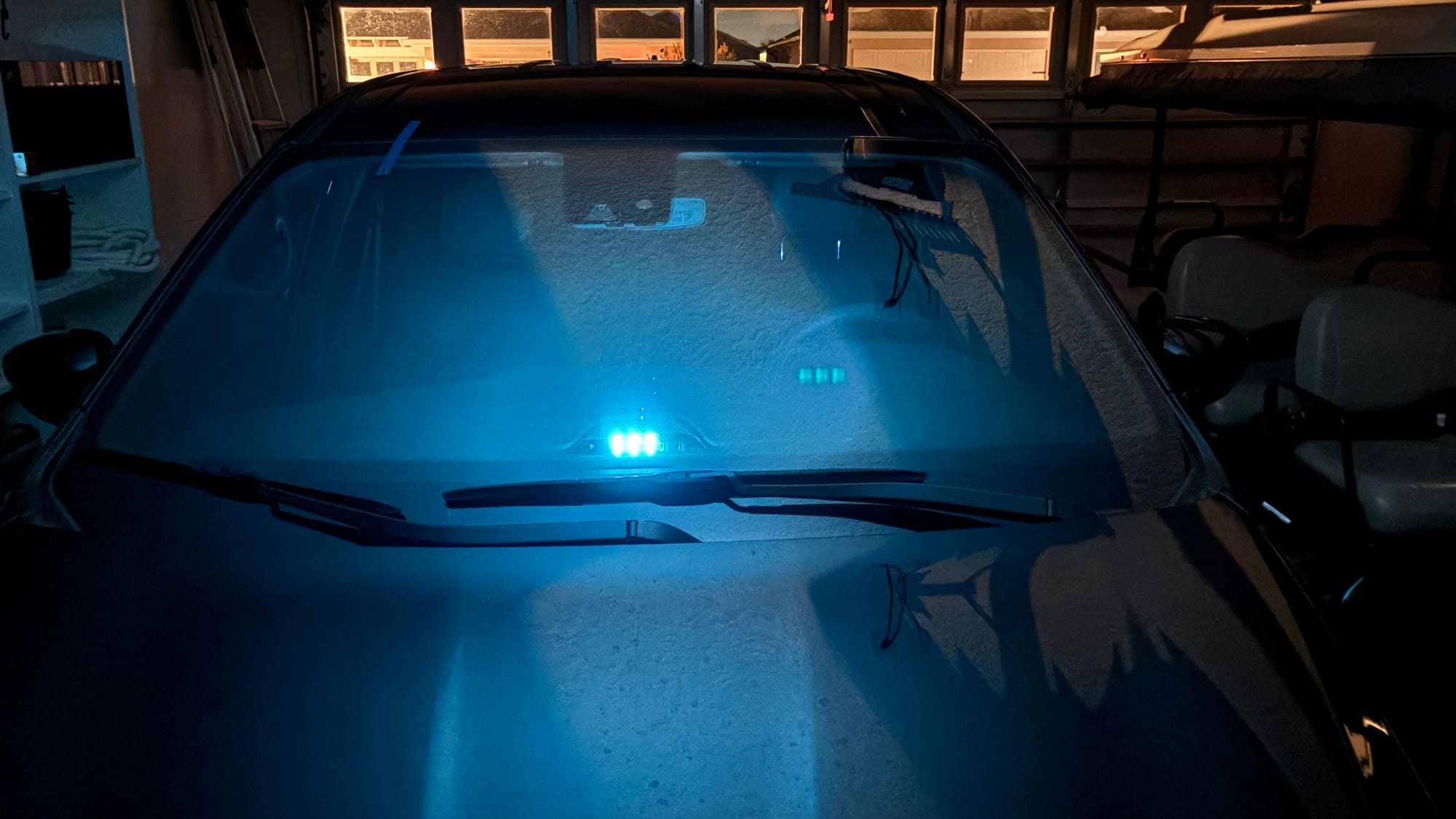
Most PHEVs can fully top up on a regular wall outlet in about 12 hours, so park it before dinnertime and you're juiced up by breakfast. If you install a more powerful Level 2 charger or dryer-style wall socket, you can cut this down to 3 hours or less. (More on home charging in a future Lanekeep Letter.)
Sounds like the best of both worlds, right? Daily, emissions-free driving around town, but you're totally unencumbered when hitting the highways for a longer trip. Perfect for folks who live in communities that require driving around town for work, errands, and school runs — you'll be passing a lot of gas stations, assuming you're charging every night. (Not as perfect for those driving longer distances on the regular, or folks who can't easily plug in — you're better off going full EV or standard hybrid.)
The Problem: Not All PHEVs Are Created Equal
Well, if it was breakthrough tech like Apple Pay, everyone would be churning out PHEVs. Except they aren't — with a few notable, pretty awesome exceptions, one of which made big news this week.
The Toyota RAV4 just debuted an all-new version for 2026, and now every model across its range is a standard hybrid, confirming the shift toward electrified power for America's best-selling non-truck. The new RAV4 not only gets a pretty significant external glow-up, in my opinion, but it gets an available upgraded PHEV system that remains the best in the business because it answers affirmatively to one single, non-negotiable question, as posed by the great Sheryl Crow:
Are you strong enough?
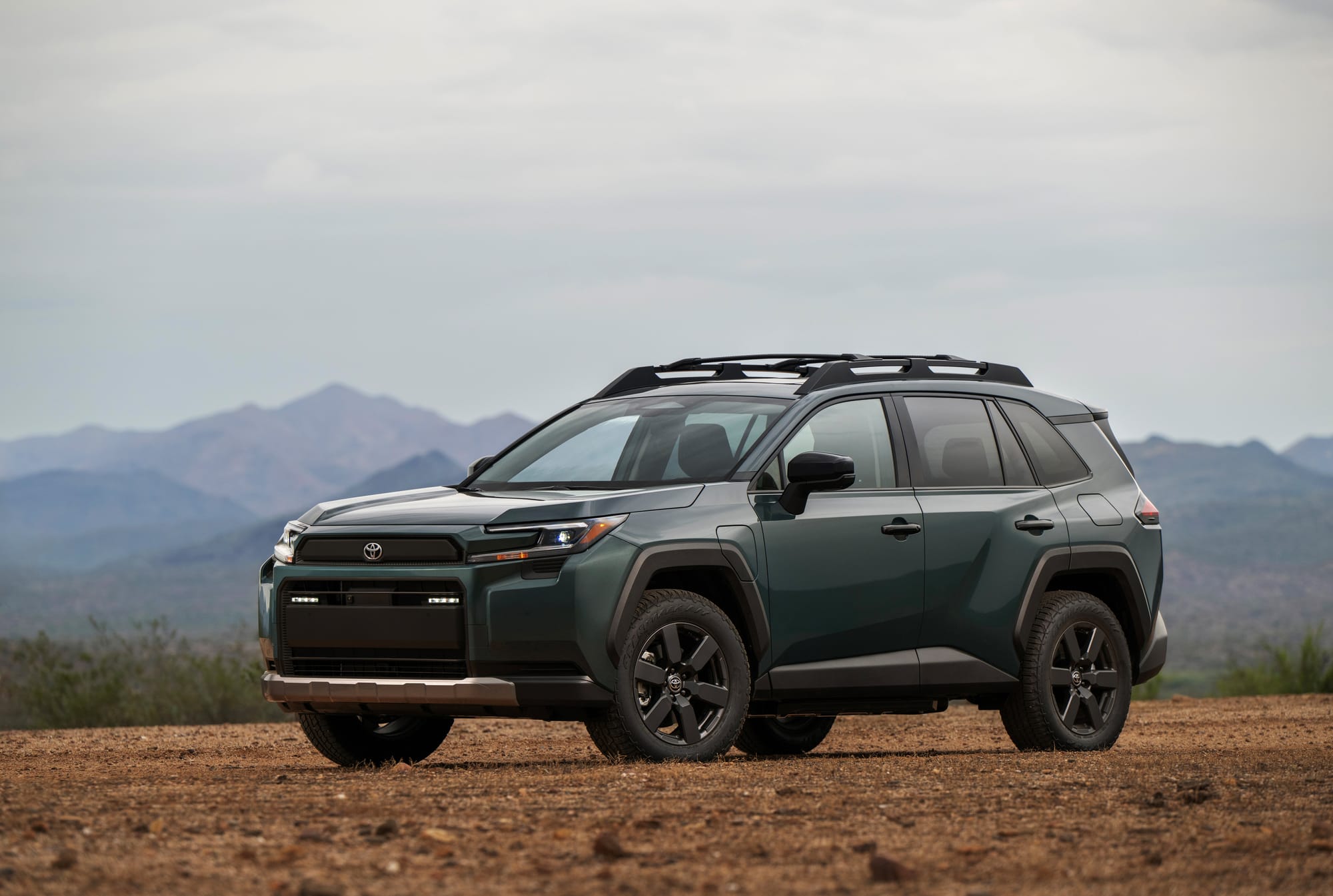
This is the central engineering question that decides if your vehicle is a savings tool or a secret gas guzzler. Is its electric motor brawny or scrawny? Really! A study from this year in Germany suggested that real-world emissions on PHEVs are nearly five times higher than advertised, and this fuel consumption gap is costing the average driver over $530 a year in unnecessary gas costs.
Why? Because many PHEVs might have big batteries, but if their electric motors are too weak, the car will fire up the gas motor in order to climb hills, merge onto freeways, or run powerful accessories like air conditioning on globally warmed days. Even if you've selected the vehicle's "electric only" mode. If the engine kicks in frequently when you accelerate or climb a hill, that vehicle is not built to save you money. It's built to sell you complexity.
How to Identify a Strong PHEV
The Toyota Secret: The reason the RAV4 Plug-in is the undisputed champion is its motor size. In EV mode, it leans on a powerful 203 horsepower electric motor. To put that in perspective, that's roughly what powers many standalone compact cars—enough muscle to handle normal driving, freeway merging, and hill climbing without crying for help. It is engineered to keep the gas engine fully turned off, maximizing your time and savings in pure EV mode.
The Test Drive That Matters
We strongly encourage clients to experience the EV mode for themselves in local traffic. If the electric motor alone is not powerful enough, it forces the gas engine to kick in constantly (even in electric mode), killing the savings.
Need help properly evaluating a PHEV? Book a consultation with Lanekeep and we'll guide you through the test drive process.
Real-world examples:
- Kia Sorento PHEV: In a recent test drive, I found the vehicle felt noticeably underpowered in electric mode. The engine kicked in immediately when climbing hills or cruising beyond 40 MPH, destroying the efficiency. No surprise: the Sorento's electric motor has half the power of the RAV4's unit (just 90 HP).
- Chrysler Pacifica Hybrid: With my Florida test, I was able to remain in EV mode as long as the battery had juice, about 32 miles or so. But I was driving on relatively flat Florida roads; it's crucial to see how these rides perform where you live. The Pacifica's 114 HP electric motor is on the weaker side, which is why it matters where you drive.
Mainstream PHEV Comparison
Here's how the most popular mainstream PHEVs stack up:
You Get What You Pay For
The luxury brands deliver well-powered PHEVs, so if you're shopping upmarket, you've got loads more choices. One of the most beloved of the moment is BMW's 550e sedan, which goes from quiet EV cruiser about town to absolute firebrand, while wrapping the passengers in high-tech luxury. Volvo also offers plugs on its popular XC60 and XC90 SUVs.
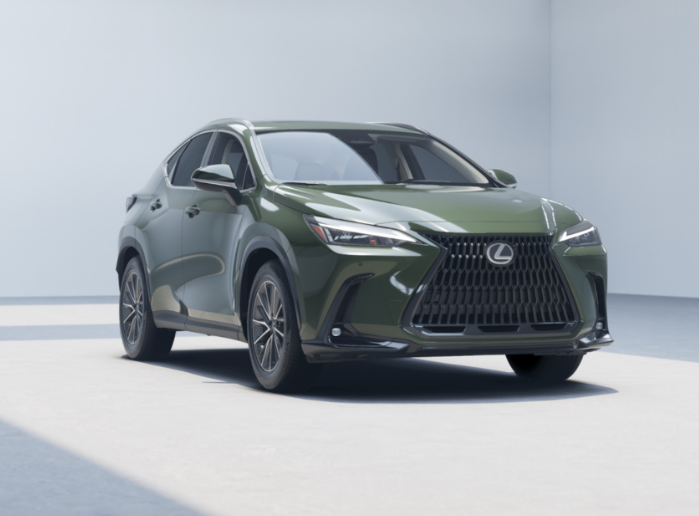
These luxury manufacturers can justify the engineering cost of more powerful electric motors because their customers expect premium performance and are willing to pay for it. The result? PHEVs that actually deliver on the promise of electric-first driving.
The Reliability Reality Check
I mentioned that PHEVs aren't being made en masse, and it's not just because the RAV4 is eating everyone's lunch (although it is, and finding plug-in RAV4s has been notoriously difficult in recent years, because people looooove them). PHEVs are inherently complex: they combine two complete drivetrains, the electric and the gas, both of which drive the wheels.
Consumer Reports data shows that PHEV owners report 70% more problems than they do with an average gas-only vehicle. However, much of this data comes from vehicles made in the late 2010s, when the technology was less mature. The tech is improving across the board, particularly from manufacturers who've committed to getting it right.
That said, there's no denying that a regular EV, standard hybrid, or standard gas car are less complicated machines than PHEVs. This complexity makes choosing the right model — and the right manufacturer — even more critical.
The Lanekeep Recommendations
For most buyers:
- Toyota RAV4 Prime: Solid reliability ratings even for the PHEV, and Toyotas routinely hold their value better than most brands, making them a safe bet for both buying or leasing. The new 2026 model is worth the wait if you can manage it.
For families needing space:
- Chrysler Pacifica Hybrid: A unique proposition in its class, as no other minivan offers a plug. Reliability ratings have improved in vehicles made since 2022. You might feel safer leasing a new Pacifica Hybrid, keeping the peace of mind that the manufacturer will take care of any issues that arise.
What to avoid:
- Kia and Hyundai plug-ins: They're underpowered and will end up running their engines more often than you'd like. Better off considering their regular hybrids instead — or their excellent EVs!
- Jeep Wrangler 4xe: Despite being one of America's best-selling PHEVs, its reliability scores are frightening.
If budget allows:
- Luxury PHEVs: Not to say the rich get richer, but in the case of PHEVs, it's true. Luxury brands offer many more plug-in options, all of which have powerful enough powertrains to deliver solid electric-only performance. But leasing here affords you peace of mind, because when expensive cars break, they create expensive bills.
Frequently Asked Questions
Q: Can I really charge a PHEV from a regular outlet?
A: Yes! Most PHEVs come with a standard 120V charging cable. It takes 8-12 hours for a full charge, depending on the battery size, but that's perfect for overnight charging.
Q: What if I forget to plug in?
A: It still functions as a regular hybrid, so you won't be stranded. But you’re losing all of the efficiency benefits, especially because you’re also using more gas to haul around that big PHEV battery.
Q: Are PHEVs worth it if I can't charge at home?
A: Probably not. Without regular charging access, you're driving a more expensive, more complex hybrid that's not delivering its main benefit. Consider a regular hybrid instead.
Lanekeep loves all cars, but we especially love the ones that fit our clients' lives, as they live them. We're here to help you find your next automotive obsession — or just the car that makes your world better. Book a free initial consultation today!


